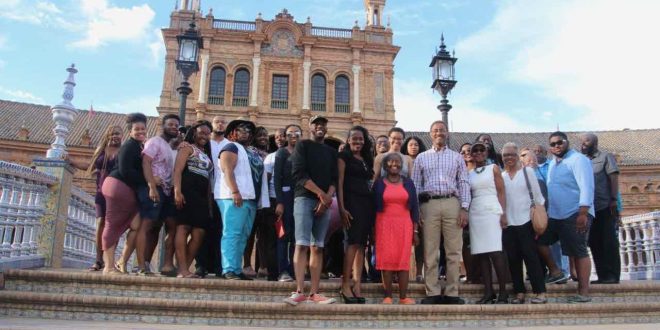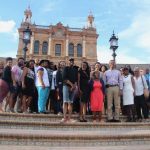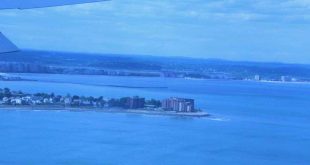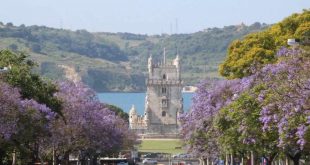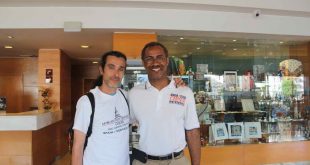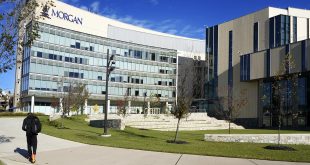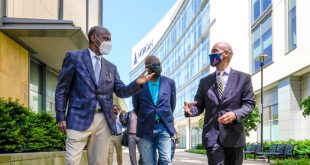Each day draws us nearer to the end of our time in Spain and there are only four days left on our tour. Yesterday, we left Malaga and hit the road to Córdoba and Seville. Upon arriving in Córdoba and exiting the bus we were greeted by the sight of the massive “El Puente Romano” bridge, which was built by the ancient Romans. It would not be the last breathtaking construction we would get to witness during our visit.
The reason we added a stop in Córdoba was to experience one of the largest structures in all of Spain, the Mezquita Catedral de Córdoba. The Mezquita Catedral de Córdoba is an impressive 10th century Arabian mosque, the third largest in the world. If there was one thing that stood out the most during this tour, it would have to be the Muslim culture’s influence throughout Spain. Following the Roman Empire’s rule over Spain, the Muslims came in next and to some degree their presence never left. You cannot visit Andalusia in the southern region without seeing remnants of Muslim culture or its imprint on the country.
Today, we visited the Cathedral of Cordoba, which is actually a converted Muslim mosque. Masses are still held there to this day. We were amazed that rather than tearing down the site and starting from scratch, the Spaniards elected to repurpose the structure to accommodate a different religion. The original mosque was first erected in 700 A.D. and it featured more than 1,000 columns throughout the structure (currently there are 851 still standing). Inside, the structure now houses an enormous Catholic cathedral.
The confluence of these very different religious design elements seemed to be at odds, but it was actually beautiful. The décor often shifted from Muslim-influenced columns to a more Catholic-inspired gothic stained glass depending on which corner you turned. Thousands of people visited daily. The history of it all was incredible and our dedicated tour guide made sure to provide us with as much history as could possibly fit within the two hours we were together.
After the tour, lunch was on our own. Once again, we used the opportunity to explore the various food options that were available. Some of us tried ox tail (bull meat) for the first time and it was quite tasty. After eating, we used the down time to continue exploring.
Along the streets of Córdoba, the music provided by the local musicians was very impressive. One of the standouts was a string duo called Happy Strings. Their delightful tunes were refreshing and relaxing to the ear. It was the perfect way to pass the time as we waited to embark on the next leg of our tour. After reassembling, our group was off on our way to Sevilla, also located in the province of Andalusia.
Sevilla, which lies along the Guadalquivir River, was a very important trade city in the country’s history. During the 15th century, Sevilla was known as the “Florence of Spain” and it thrived much as Florence had during the Renaissance. Sevilla is also known for being the “Capital of the Flamenco.”
Though not originally a part of our itinerary, we were able to take in an authentic Flamenco show in the city, thanks to arrangements made by our guide. The price of admission to see the show was thirty Euros. We appreciated being given the opportunity to see the dancers display their footwork. The show was an excellent way to close out our day.
 Morgan State University Newsroom Morgan State University
Morgan State University Newsroom Morgan State University
